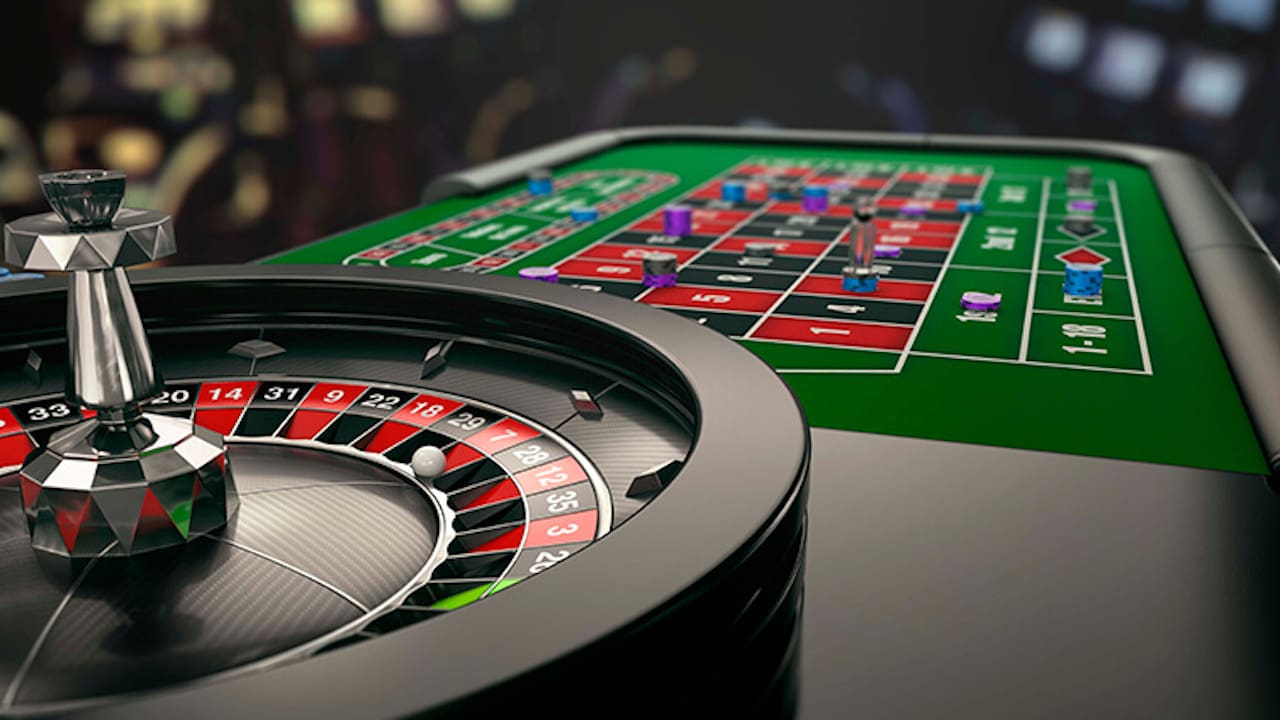A Fascinating History of Gaming Machines
The tale of slot machines is a captivating journey that reflects the development of amusement and betting across the ages. Starting from their simple start in the 1890s to turning into a staple in casinos around the planet, these chance games have undergone significant changes. Casino slots games have mesmerized players with their vibrant visuals, engaging storylines, and the hope of transformative prizes.
At first made as mechanical devices with turning drums and limited icons, slot machines have evolved into cutting-edge electronic games that include modern tech and interactive components. Today, they attract millions of players, each hoping to win big with just the yank of a handle or the press of a tap. Exploring the captivating past of these devices reveals not just the story of a beloved activity, but also a reflection of social evolution and tech developments over the decades.
One of the Beginnings in Slot Machines
A tale of slot machines starts in the final years of the 19th century, a time when mechanical devices were increasingly popular in places of amusement. The first true slot machine came into existence by Charles Fey in 1895, known as the Liberty Bell. It featured three spinning reels and five symbols: hearts, diamonds, spades, a horseshoe, and the legendary Liberty Bell. Players would pull a lever to spin the reels, and if the symbols aligned in a particular combination, they would win a payout. Fey's invention rapidly captured the attention of gamblers and paved the way for future developments in casino slots games.
As the concept of the slot machine gained traction, numerous inventors sought to improve upon Fey's design. By the dawn of the 1900s, slot machines were becoming a common sight in saloons and amusement parks. In 1907, the first electromechanical slot machine was launched by Herbert Mills, featuring a more intricate system of payout mechanisms and the renowned fruit symbols that are still linked to slots today. This evolution marked a major shift in the gaming industry, as machines became more entertaining and user-friendly, attracting more players.

The popularity of slot machines continued to soar throughout the first half of the 20th century, leading to their widespread adoption in casinos across the United States. However, as legal restrictions on gambling during the Great Depression posed challenges for the industry. Many machines were banned, but this did not halt innovators. Instead, they adapted by creating machines that dispensed candy or gum instead of cash prizes, effectively circumventing the restrictions while still offering the thrill of a casino slots game. This ingenuity kept the spirit of gambling alive, setting the stage for the eventual resurgence of slot machines in modern casinos.
Advancement of Casino Slot Innovation
The story of gambling machines began in the late 19th century with the debut of the initial traditional devices. A mechanic named Charles Fey, a San Francisco engineer, presented the Liberty Bell in 1895, which featured three rotating reels and five symbols: heart shapes, diamond shapes, spades, a lucky horseshoe, and the bell symbol itself. This basic yet captivating layout laid the groundwork for the future of slot games, creating an instant appeal for players looking for entertainment and a shot to earn.
As technology matured, so did the appearance and capabilities of gambling devices. By the mid 20th era, electromechanical machines surfaced, including electrical components to boost gameplay and increase payout opportunities. These improvements permitted for more complex features like several paylines and bigger jackpots. The gambling venues adopted these advances, causing the growth of casino slots as a major source of income within the casino business, fundamentally changing the experience of playing slots.
The closing 20th and initial 21st hundred years introduced the age of digital technology, leading to the debut of video gambling machines. These devices substituted traditional reels with screens, enabling even more creativity in themes and gameplay mechanics. Players could now experience rich graphics and sound effects, along with dynamic bonus rounds. The shift to web-based gaming further transformed the casino slots game, rendering slots available to a global market anytime and wherever, thus marking a fresh chapter in the evolution of gambling device innovation.
A Cultural Influence of Gaming Machines
These gaming machines have become more than just a form of leisure; they have woven themselves into the fabric of popular culture. From movies and TV series to music and literature, these iconic gaming machines often act as emblems of chance and gambling. Films like The Casino and Ocean's 11 prominently feature slots, portraying them as thrilling yet unpredictable elements of the casino atmosphere. Their distinct attraction lies in the noise of coins clinking, the revolving reels, and the vibrant blinking lights, which together create an exhilarating atmosphere that draws people in. https://fb88b.me/
In addition, slot machines have influenced social gatherings and events, making them a focal point in casinos and gaming venues. Numerous individuals do not just visit a casino to gamble; they attend for the entire experience, which includes the social interactions and the lively ambiance surrounding these machines. Special tournaments and themed gaming nights centered around these games also showcase their popularity, fostering community engagement and shared experiences among players. This community aspect has contributed to the machines' enduring popularity.
The advancement of technology has further transformed this cultural impact. Digital and online slots have broadened access to these games far beyond the walls of physical casinos. Players can now get their favorite casino slots game from home or on the move, leading to the rise of virtual forums and forums where enthusiasts exchange strategies and experiences. The ongoing innovation in game design and the inclusion of storytelling have kept the cultural significance of slot machines alive, attracting new generations of players while maintaining a connection to their historical roots.
